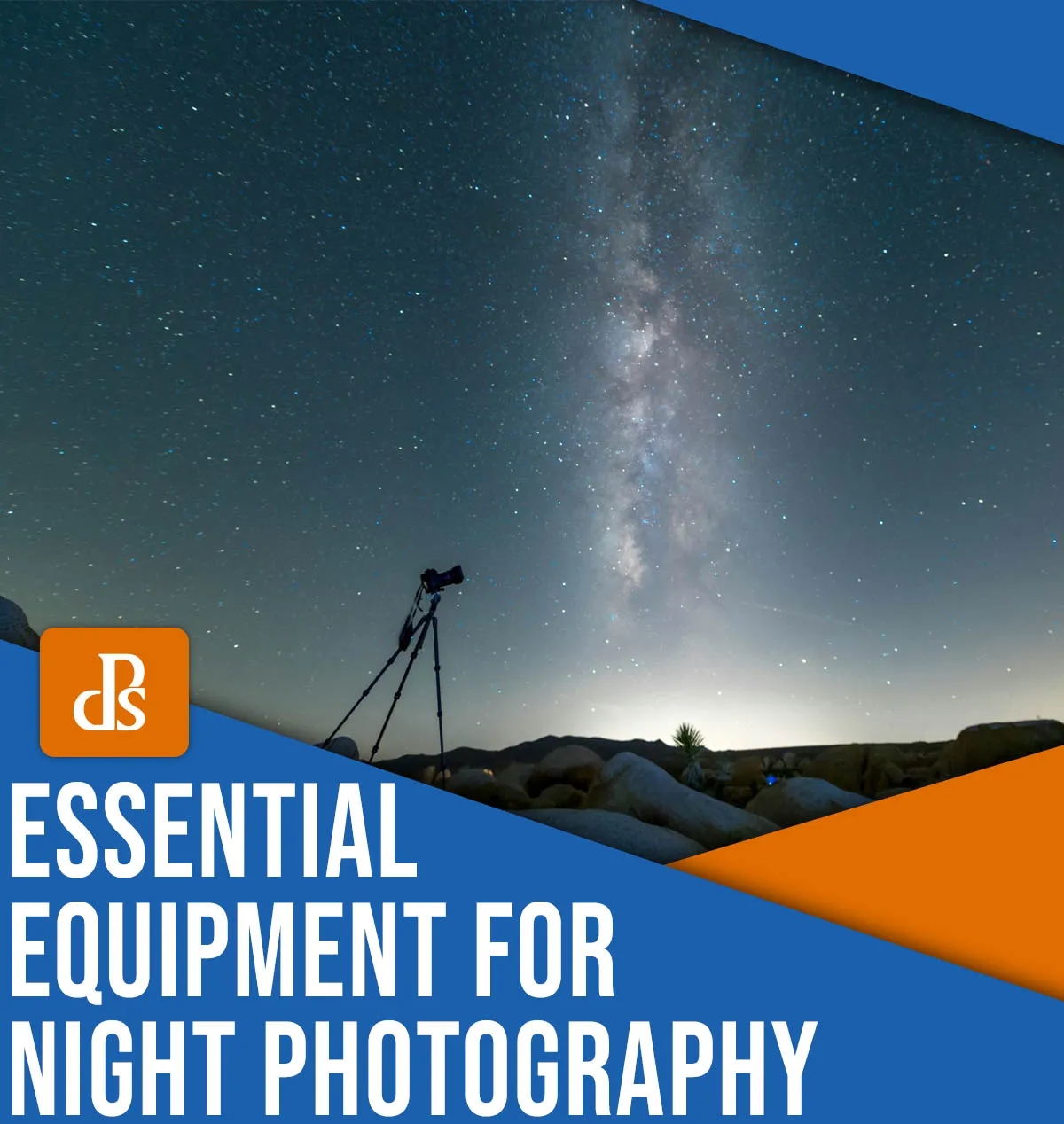Polarizing Filters are essential tools for landscape photographers. But here’s the reality:
Sometimes using a Polarizer is not a good idea.
I said it! It is true that not using a filter when taking landscape photos can be viewed as sacrilegious by some. I have even written in nauseam on the importance of such a simple but powerful tool for photographers.
Today, I will selectively contradict myself. While a circular filter can improve your photos in many outdoor situations there are also times when it is better to leave the piece of glass on the lens.
Below I’ve listed all the situations where I think it is better to not use a filter polarizer. I also include some examples to help you understand how a filter polarizer can negatively impact your photos in these specific scenarios.
Let’s start by learning when you should store your polarizer away.
What is the purpose of a circular polarizer?
A polarizer reduces the reflected light that enters your lens. It does not eliminate all reflected light, but it targets the polarizedlight that is produced when light bounces off certain surfaces.
Circular polarizers have been designed to be flexible. By rotating the front glass element, these filters have two pieces of tempered glass.
A polarizer can be used to reduce reflections on reflective surfaces, such as glass, water, shiny cars and wet stones. By placing a polarizer in front of your lens, it will allow you to focus on the colors and details beneath. Landscape photographers use polarizers for shooting fall foliage to reduce reflections from waxy leaves and waterfalls to reduce reflections from wet rocks. Cityscape and product photography also uses these filters to reduce extreme reflections.



